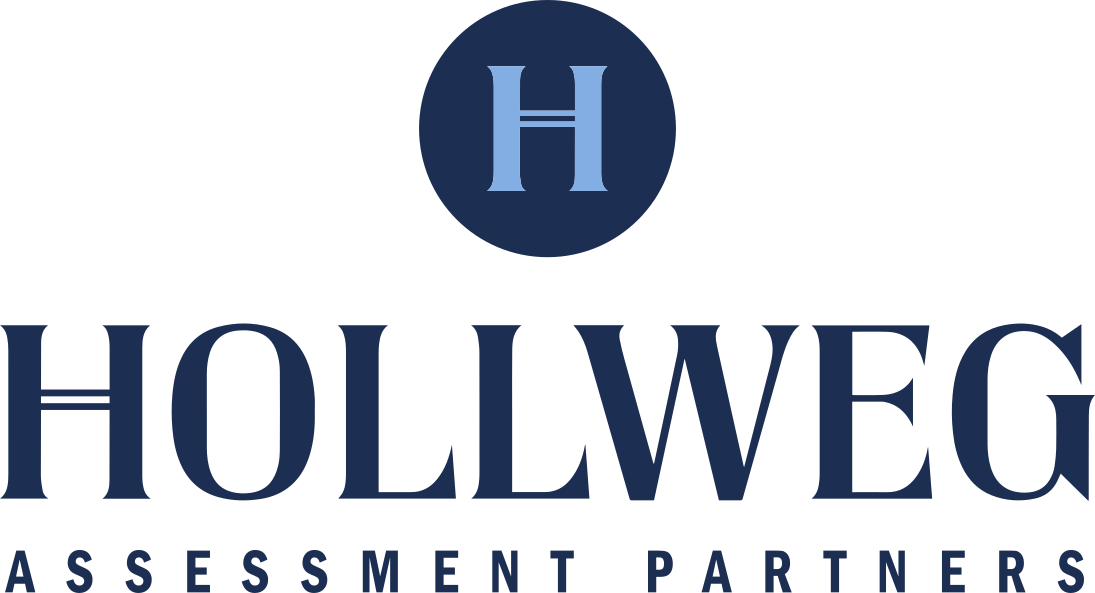Decision Making/Problem Solving
Organization
(Focus & Organization, Time Utilization, Priority Focus)
Problem Anticipation
(Planning, Long Range Thinking)
Analytical Thinking
(Detail Orientation, Detailed Analysis)
Innovative Thinking
(Creativity)
Practical Problem Solving
(Practical Thinking, Common Sense, Realistic Thinking)
People Leadership
Assertiveness
(Ability to Take Charge, Willingness to Take Charge)
Tough-Mindedness
(Conflict Management, Holding Team Accountable)
Positive People Orientation
(People Relations)
Insight
(Interpersonal Insight)
Work Style
Drive & Energy
(Action Orientation, Stamina)
Self-Reliance
(Independent Initiative, Self-Motivation, Initiative)
Process Orientation
(Need for Structure, Acceptance of Authority, Rule Orientation)
Flexibility
(Multi-Tasking, Need for Diversion)
Results Focus
(Results Orientation)
Accommodation
(Service Orientation, Team Orientation)
Personal Characteristics
Self-Discipline
(Conscientiousness, Responsibility, Restraint)
Emotional Consistency
(Capacity to Handle Pressure, Stress Tolerance, Resilience)
Objectivity of Viewpoint
(Objectivity, Criticism Tolerance)
Confidence
(Self-Assuredness, Self-Confidence)
Learning Agility
Quantitative Reasoning
(Numeric Reasoning)
Navigating the Resources
- Read the information below about the trait to develop a greater understanding of your strength/opportunity.
- Consider the Stop, Start, Continue examples to create your own actionable change behaviors.
- Explore the trait more fully by taking advantage of the weblinks below.
Positive People Orientation
(People Relations)
Positive people orientation refers to the degree to which you hold a positive attitude toward other people. Use the resources below to further understand positive people orientation and how to improve in this area.
Strength
Higher levels of positive people orientation indicate you tend to give others the benefit of the doubt and be supportive of others.
Opportunity
Lower levels of positive people orientation indicate you may be critical of others or suspicious of their motives.
Excess
Excessive levels of positive people orientation indicate you may be overly accepting and give blind trust when it is not warranted.
Identify an opportunity area that you would like to change. Then, develop behaviors that you can Stop (unhelpful or limiting behaviors), Start (behaviors that you can begin now), and Continue (behaviors that you already do well) to improve in this area. Use the examples below to help create your own Stop, Start, and Continue behaviors.
| Stop | Start | Continue |
| Assuming the worst in others or being suspicious of their motives. | Extending the benefit of the doubt before assuming something negative and withhold negative judgments. | Building relationships with coworkers. |
| Noticing the negatives in others | Countering each negative thought with a positive fact about the individual. | Avoiding office gossip. |
| Pointing out faults. | Giving praise to others and soften critical feedback. | Extending your trust to others. |
Positive People Orientation Weblinks for Development:
12 practical ways to build trust at work
3 Reasons to Give People the Benefit of the Doubt
Positive People Orientation Leadership Weblinks for Development:
12 practical ways to build trust at work
3 Reasons to Give People the Benefit of the Doubt
Why Inspiring Trust And Trusting Others Are Essential Leadership Capacities (Within Bounds)
